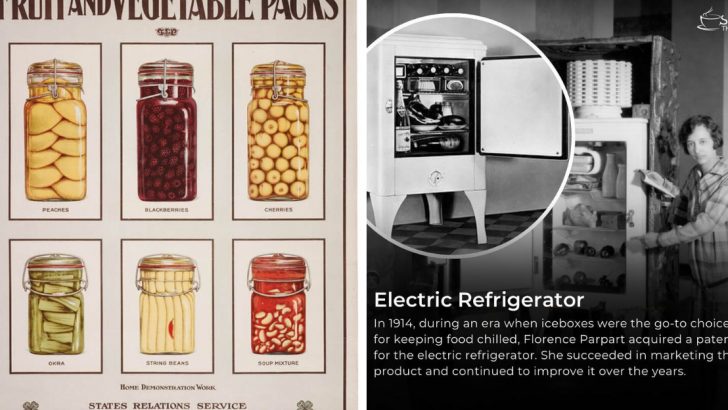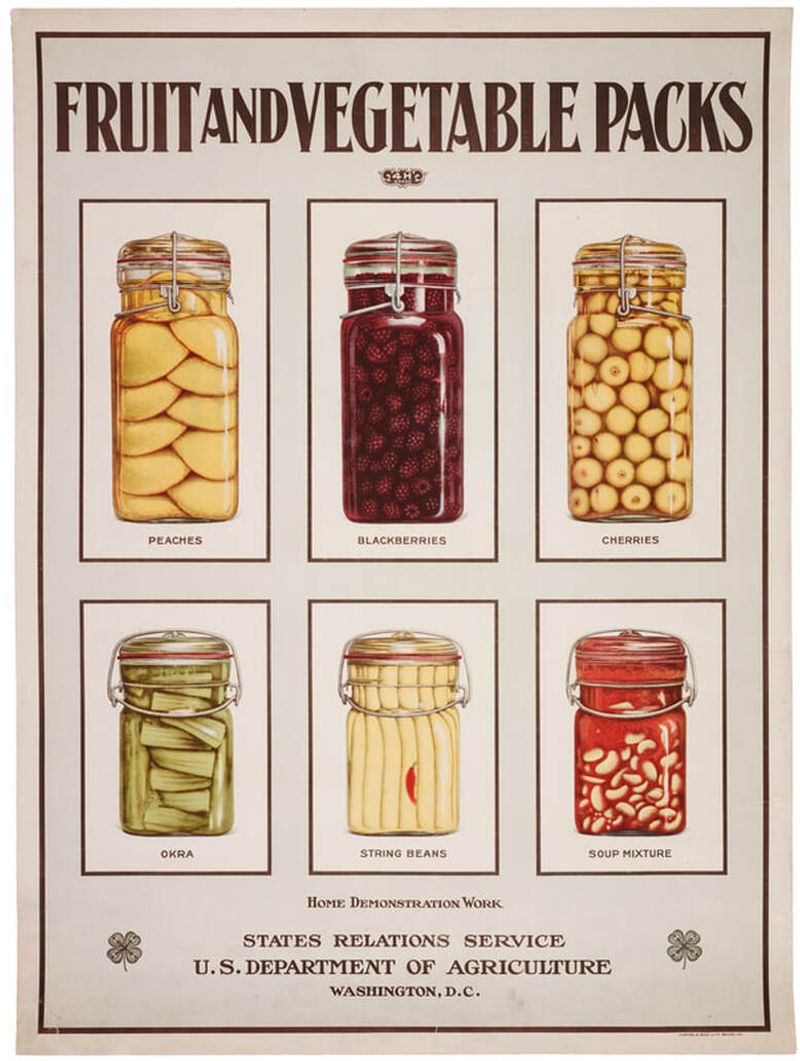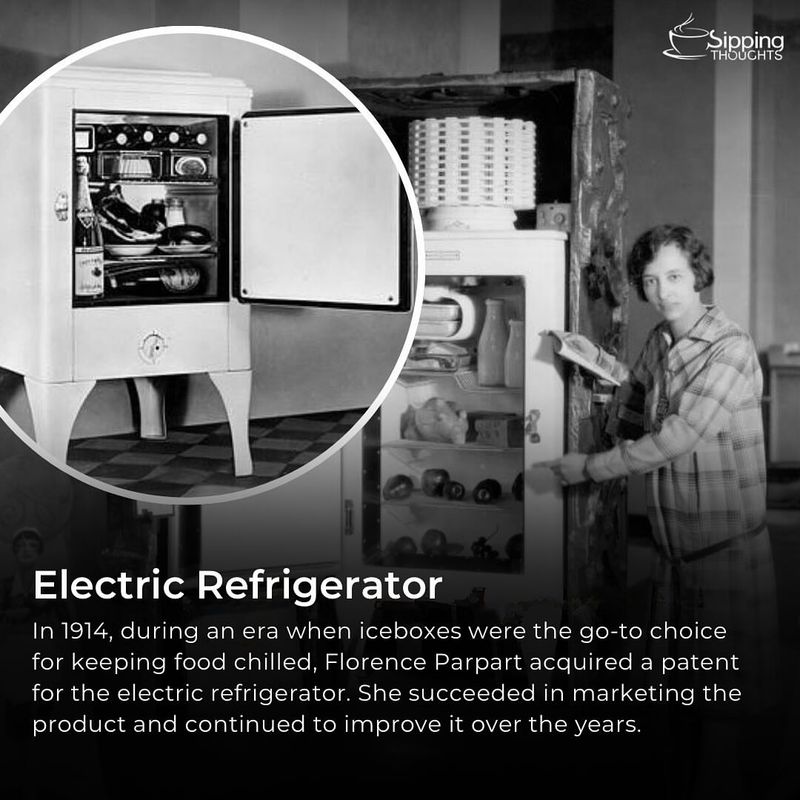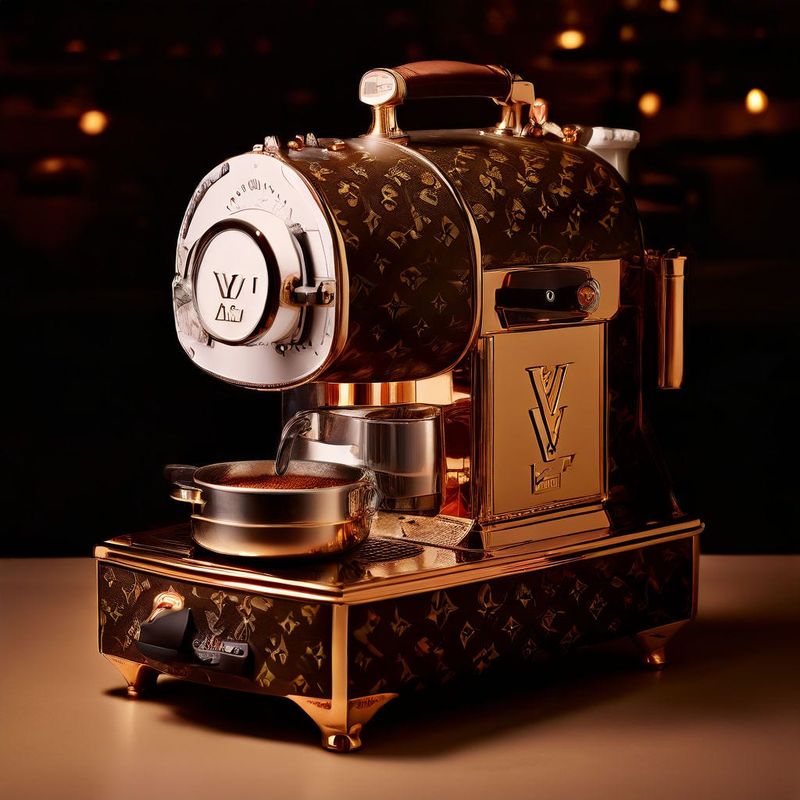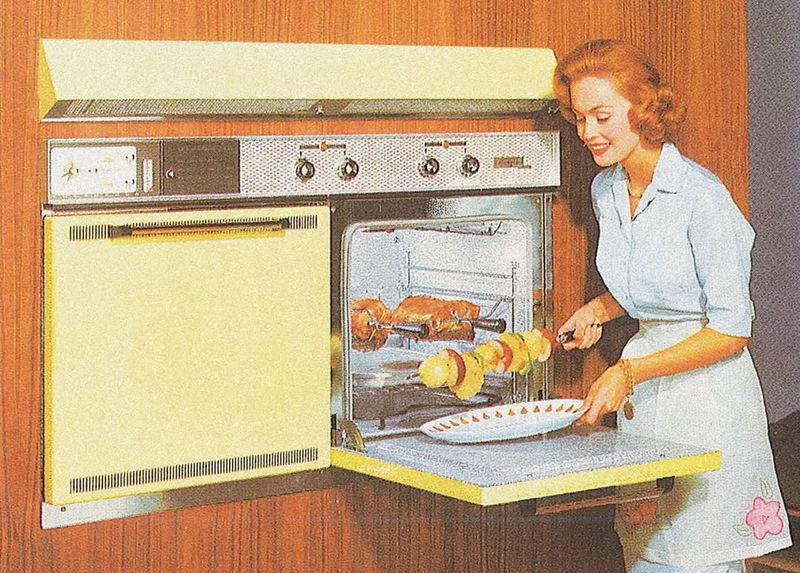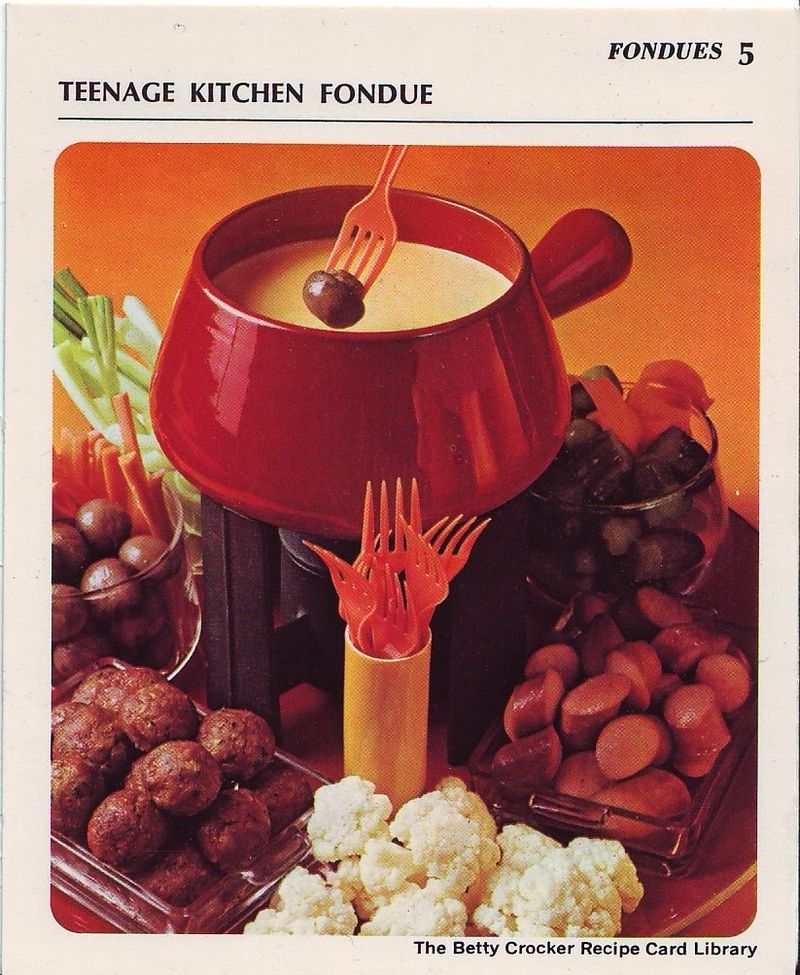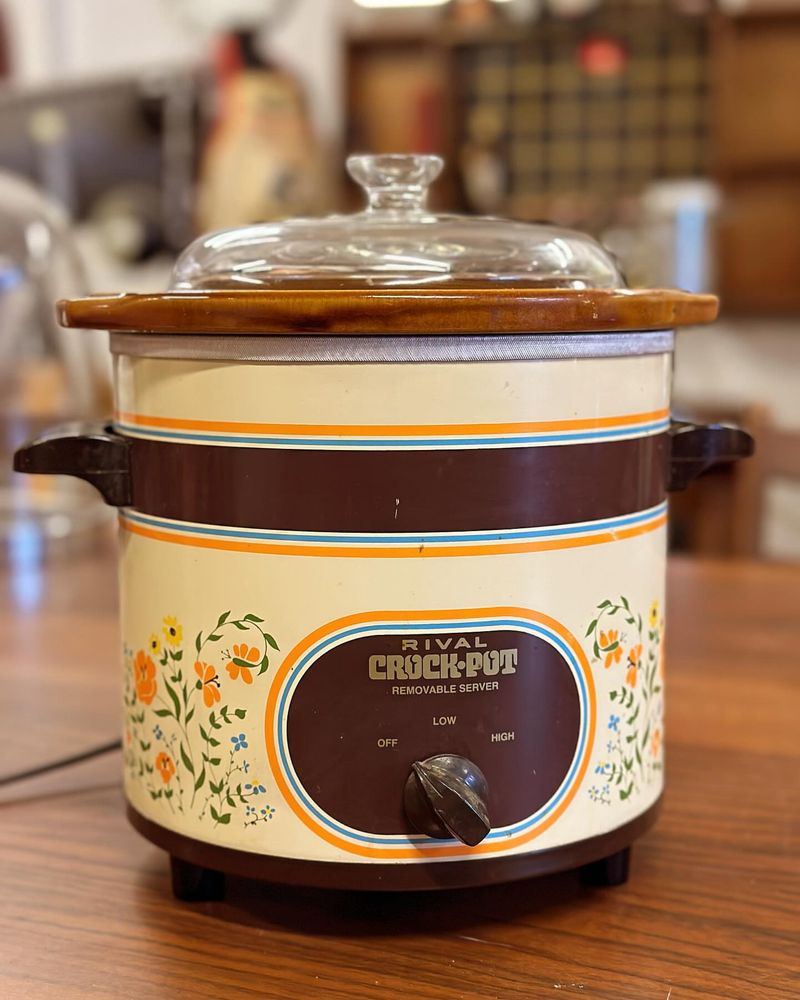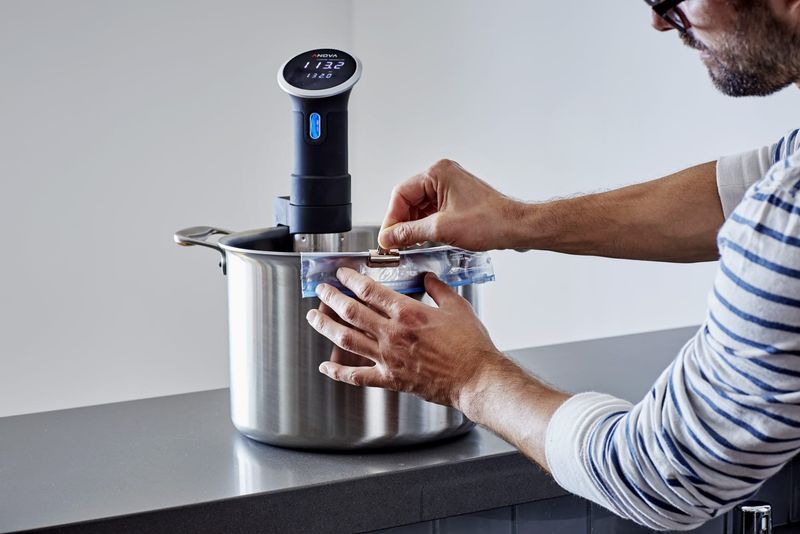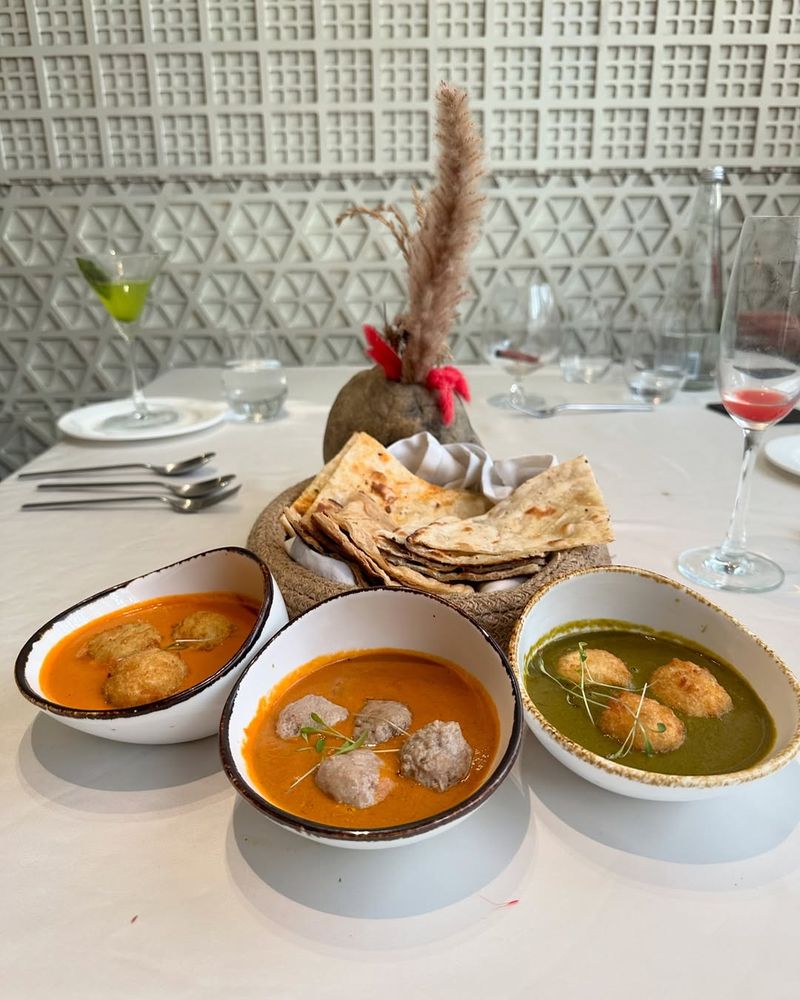Embarking on a culinary voyage through the annals of time, one discovers the remarkable innovations that have indelibly shaped how we cook and consume food.
These advancements, scattered across decades, serve as testaments to humanity’s unending curiosity and creativity in the kitchen. Join me as I walk you through 12 groundbreaking culinary innovations.
1. 1910s – Canning Revolution
If there’s one innovation from the 1910s that revolutionized home cooking, it’s the canning process. This decade saw the widespread adoption of canning, making food preservation more accessible and practical for households everywhere. How did this change lives, you ask? By ensuring that seasonal produce could be enjoyed year-round.
Moreover, where previously people had to rely heavily on fresh produce, now they had options that were not only long-lasting but also easy to store. However, it wasn’t just about practicality; it was about peace of mind. Imagine the reassurance of knowing that you could preserve the bounty of summer to warm the chill of winter months.
2. 1920s – Electric Refrigeration
How did the introduction of electric refrigeration in the 1920s transform our culinary landscape? With this groundbreaking invention, preserving perishable food items suddenly became far more manageable. If you’ve ever marveled at the variety of fresh ingredients available, you can thank the electric fridge for that.
Where previously iceboxes required constant refilling and maintenance, the electric refrigerator offered a reliable and efficient solution to keeping food fresh longer. Families could now enjoy dairy products, meats, and vegetables with unprecedented freshnessh.
Though it might seem commonplace today, back then, this innovation was a marvel of modern technology. Refrigeration opened doors to new culinary experiences, allowing homes to experiment with a wider range of ingredients.
3. 1930s – Pressure Cooker Emergence
Where does one find a bridge between tradition and innovation in the 1930s? In the pressure cooker, of course. This kitchen marvel emerged during a time when efficiency and resourcefulness were paramount. The pressure cooker became an indispensable tool in many households.
Imagine preparing a hearty stew in mere minutes instead of hours. The pressure cooker provided a way to save both time and energy. It was particularly valuable during the economic challenges of the Great Depression.
However, it wasn’t just about speed. The pressure cooker also enhanced flavors, making dishes more savory and delightful.
4. 1940s – Instant Coffee’s Rise
If there’s a beverage that stands out in the 1940s, it’s instant coffee. With wartime rationing and the demands of a fast-paced world, instant coffee offered a quick and convenient solution to satisfy the caffeine needs of millions. How did it become a staple?
By providing an easy-to-make, no-fuss option that fits perfectly into the hectic lifestyle of the era.
Though real coffee aficionados might argue about taste, the practicality of instant coffee couldn’t be denied. It provided a sense of normalcy and comfort, especially to those stationed far from home during the war. It became more than just a drink; it was a connection to routine and home.
5. 1950s – Microwave Ovens
Where technology meets culinary convenience, the 1950s introduced the microwave oven. This era marked a turning point in home cooking, providing a fast and efficient way to prepare meals. If you’ve ever relied on the microwave for a quick meal, you’re part of a legacy that began decades ago.
The microwave revolutionized how families approached daily cooking tasks. It offered a way to heat food in mere minutes. Hence, it became synonymous with convenience, appealing to the burgeoning middle class looking for modern solutions to fit busy lifestyles.
The microwave also encouraged a shift towards ready-to-eat meals, changing the landscape of food consumption. It was a symbol of post-war optimism.
6. 1960s – Fondue Craze
How did dining become a social experience in the 1960s? Enter the fondue set, a delightful innovation that turned meals into memorable social gatherings. If you’ve ever dipped into a gooey pot of melted cheese or chocolate with friends, you’ve embraced a tradition that took off in this decade.
Fondue parties became all the rage. They were symbolizing the era’s spirit of togetherness and shared experiences. This hands-on approach to dining reflected the 1960s’ experimental flair and love for new culinary adventures.
7. 1970s – Crock-Pot Convenience
Where does the essence of slow cooking meet modern convenience? In the 1970s, the Crock-Pot emerged as a beloved kitchen companion. It transformed how families prepared meals. If you’ve ever savored the aroma of a slow-cooked stew waiting for you after a long day, you have this innovation to thank.
The Crock-Pot offered busy households the luxury of time, allowing meals to simmer and develop rich flavors over hours. It symbolized the desire to balance modern life with traditional values.
For many, the Crock-Pot became an essential tool for family dining, embodying the nurturing spirit of the 1970s.
8. 1980s – Sous Vide Technique
If you’ve ever wondered how restaurants achieve perfectly cooked meats and vegetables, look no further than the sous vide technique popularized in the 1980s. This precise method of cooking food in vacuum-sealed bags at controlled temperatures allowed chefs to elevate the dining experience.
How did sous vide change the culinary world? By providing unparalleled control over cooking temperatures, it ensured that food was cooked evenly and retained its natural flavors and moisture. It became a favorite among professional chefs and culinary enthusiasts alike.
For those passionate about culinary arts, sous vide opened a new realm of possibilities. It turned cooking into a science as much as an art.
9. 1990s – Molecular Gastronomy
Where does science meet the culinary arts in the 1990s? In the realm of molecular gastronomy. A revolutionary approach that redefined how we think about food. If you’ve ever been intrigued by dishes with foams, gels, or unexpected textures, you’ve witnessed the impact of this innovative movement.
Molecular gastronomy brought a scientific lens to cooking. It’s allowing chefs to explore new techniques and presentations. However, it wasn’t just about the novelty; it challenged conventional culinary boundaries, inviting diners to experience food in entirely new ways.
It inspired chefs to continually experiment and innovate, shaping the dining experiences of the future.
10. 2000s – The Rise of Plant-Based Diets
How have our eating habits evolved in the 2000s? Through the rise of plant-based diets, a movement that has transformed menus around the world. You probably witness a shift towards more sustainable and health-conscious eating.
Plant-based diets gained popularity for their potential health benefits and lower environmental impact. Where once meat was the centerpiece of the meal, now vegetables, grains, and legumes take the spotlight. This change reflects a broader awareness of the need for ethical and sustainable food choices.
Moreover, this shift has sparked culinary creativity, with chefs and home cooks alike finding new ways to celebrate plant-based ingredients. The movement has paved the way for innovative products and recipes.
11. 2010s – Sonic Flavor Enhancer

Sound waves enhancing taste? Enter the sonic flavor enhancer from the 2010s. This ingenious device used specific sound frequencies to alter the molecular structure of food, amplifying its natural flavors. Chefs discovered that pairing certain sounds with dishes could evoke emotions and elevate dining experiences.
Playful and experimental, it became a favorite in avant-garde restaurants.
The technology invited diners to engage with food more interactively, turning meals into symphonies of taste and sound. As a pioneer in sensory gastronomy, the sonic flavor enhancer redefined how we perceive flavors, proving that taste is a multi-sensory journey.

